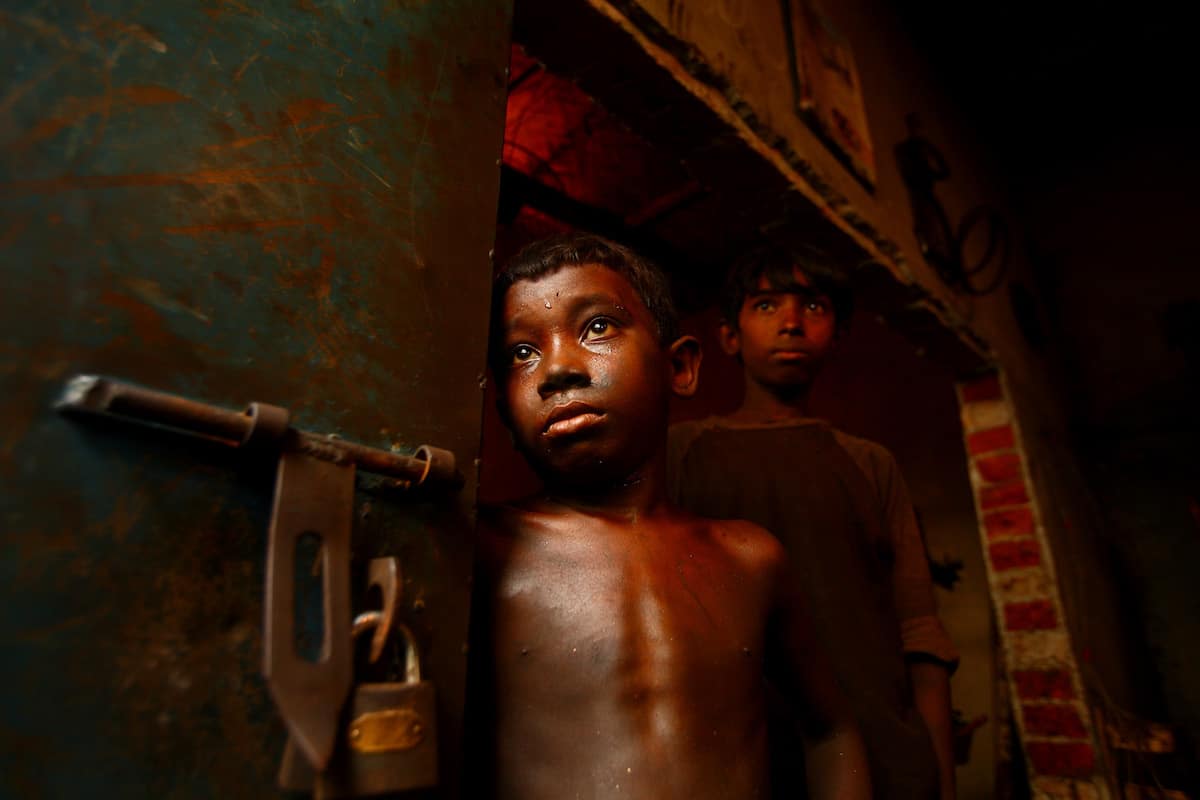
Bangladeshi photojournalist GMB Akash is a trailblazing photographer whose socially conscious work brings to light what many choose to ignore. His work has been featured in over 100 international publications, from National Geographic to Newsweek and he’s spent over 20 years establishing a reputation as one of the top professional photographers in his country.
Focusing his work on social issues, he gives a voice to refugees, sex workers, child laborers, and other oft-ignored groups through his photography. As a professional who not only values his own work, but wants to enrich the lives of others, he’s constantly striving to do what he can for the subjects of his photographs. This comes not only in the form of telling their stories, but helping them find business opportunities. Akash even founded the non-profit First Light Institute of Photography in order to bring quality education to children who cannot afford it in Bangladesh.
His long-term projects show the heart and dedication of a man who works tirelessly. His imagery, though not always easy to look at, is always thoughtful and respectful to those he depicts. Akash’s photographs radiate empathy and understanding without sugar-coating the hard truth about life for many people in his own country and beyond.
In particular, Akash has spent over a decade documenting the plight of child laborers in Bangladesh. By giving a face to this issue, he forces the public to look at the human toll of an all too common phenomenon. These children, who are tasked with backbreaking, dangerous work, support themselves and their entire families starting as young as 5 years old. For greedy factory owners, who would rather pay a child the equivalent of $4 to $8 (400 to 700 taka) a month as opposed to the $60 (5000 taka) an adult would earn, the choice is obvious. By exposing this disgusting practice, Akash hopes to forge a new path for child laborers not only in Bangladesh, but around the world.
We had the opportunity to speak with Akash in-depth about his life as a photojournalist and why he continues to dedicate himself to this important work. Read on for our exclusive interview and follow his Facebook for more stories about the people in his photographs.
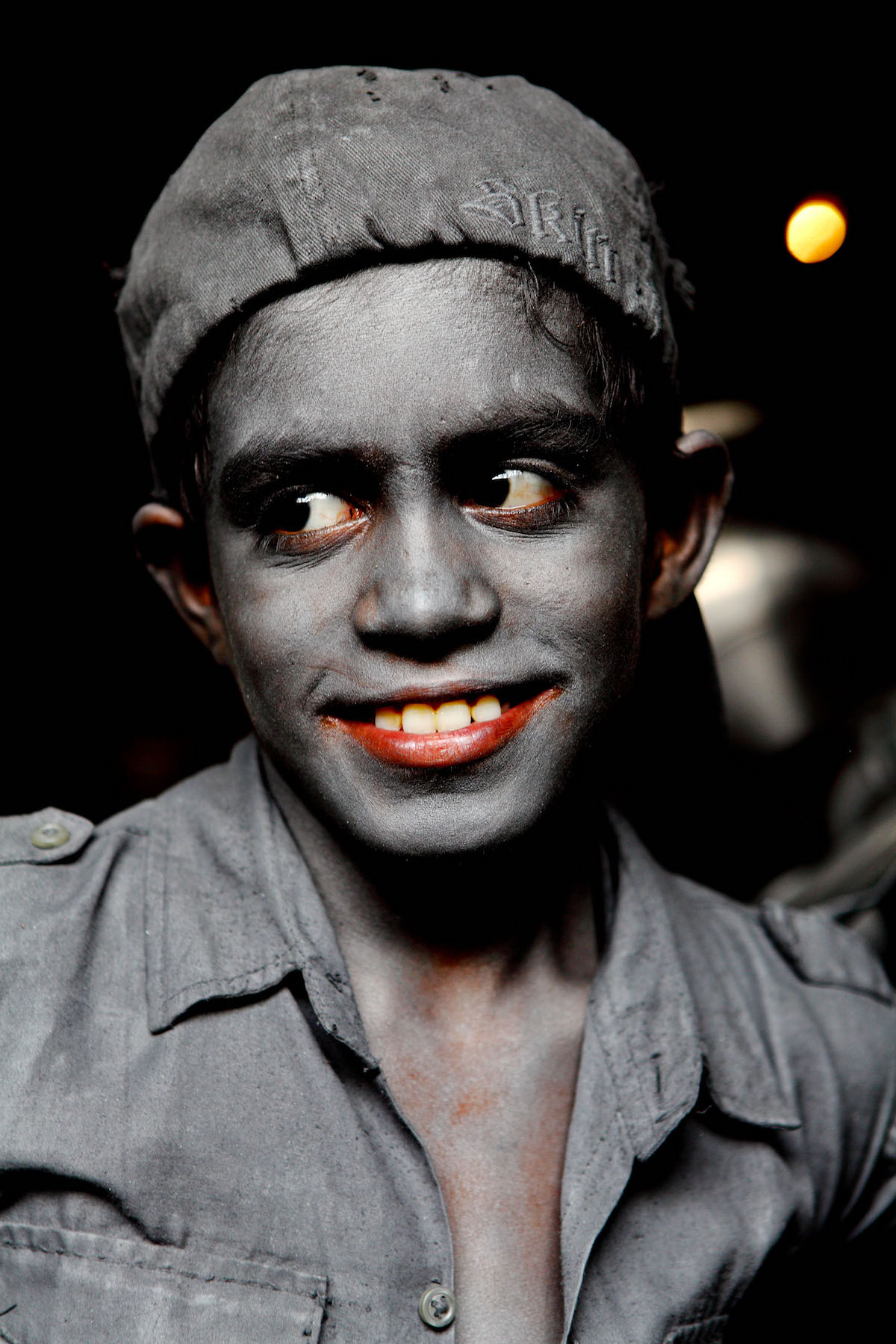 How did your interest and career in photography begin?
How did your interest and career in photography begin?
Twenty years ago, a boy from nowhere in Bangladesh dreamed of having a life that he truly wanted to live—a life that is worth living, worth dreaming about. People around me had no idea about photojournalism. At that time, parents supported you even if you wanted to become an artist, illustrator or an actor/singer. But a “photojournalist” did not exist in the circles that I was brought up in. I had been criticized for my dream every single day. When I was working with the gay community, people called me gay; when I was documenting sex workers, people pointed at my character; when I was documenting child laborers, people said I was selling poverty. I only listened to what my heart told me, which was to bring out the truth in the light.
As a photojournalist, I am often faced with one question that is asked by myself and by audiences: what have I done for the people who I had photographed? At the beginning of my career, I saw that the lives of people whose photographs I had taken were the same years later. This was a moment that inspired me to look at my book Survivors, a self-published photography book depicting the invincibility of the human spirit to survive against all odds. I then started to try to find the people who I photographed in this publication and do something concrete to change their lives. I saw that via photojournalism, I was able to create awareness through my images and stories which led to more assignments and other work where I could acquire resources to use to help these people.
I created an individualized small business for each of the 65 families I found in my book to help them to become self-sufficient. This is not a micro-loan but a gift from me that I continue to give to these families and others with my earnings from photography assignments, workshops, special projects, publications, and fundraising.
 What led you to choose documentary photography as your focus?
What led you to choose documentary photography as your focus?
Frankly, documentary photography is not a money-making field. It is very hard now, and was even tougher for me in 1996 when I started. My mother used to say, “When you will not have a single penny in your pocket, your love will fly through the windows.” That love was, and still is, photography.
My father told me, “Settle with one: money or dreams.” I replied, “Both dreams and money.” Now I have enough money to live my life and live my dream. It did not come in the blink of an eye. You need time to build your name, your reputation, and to prove your devotion. If you are looking to drive a Ferrari and live in a luxury duplex, documentary photography is not for you. I try to be honest to my profession, to my work, and to my clients. That is my simple rule that I am following in order to make a niche for myself. I have no desire to be greedy because I learned from my photography that people living with very little can be happy whereas many others with great wealth are not necessarily happy at all.
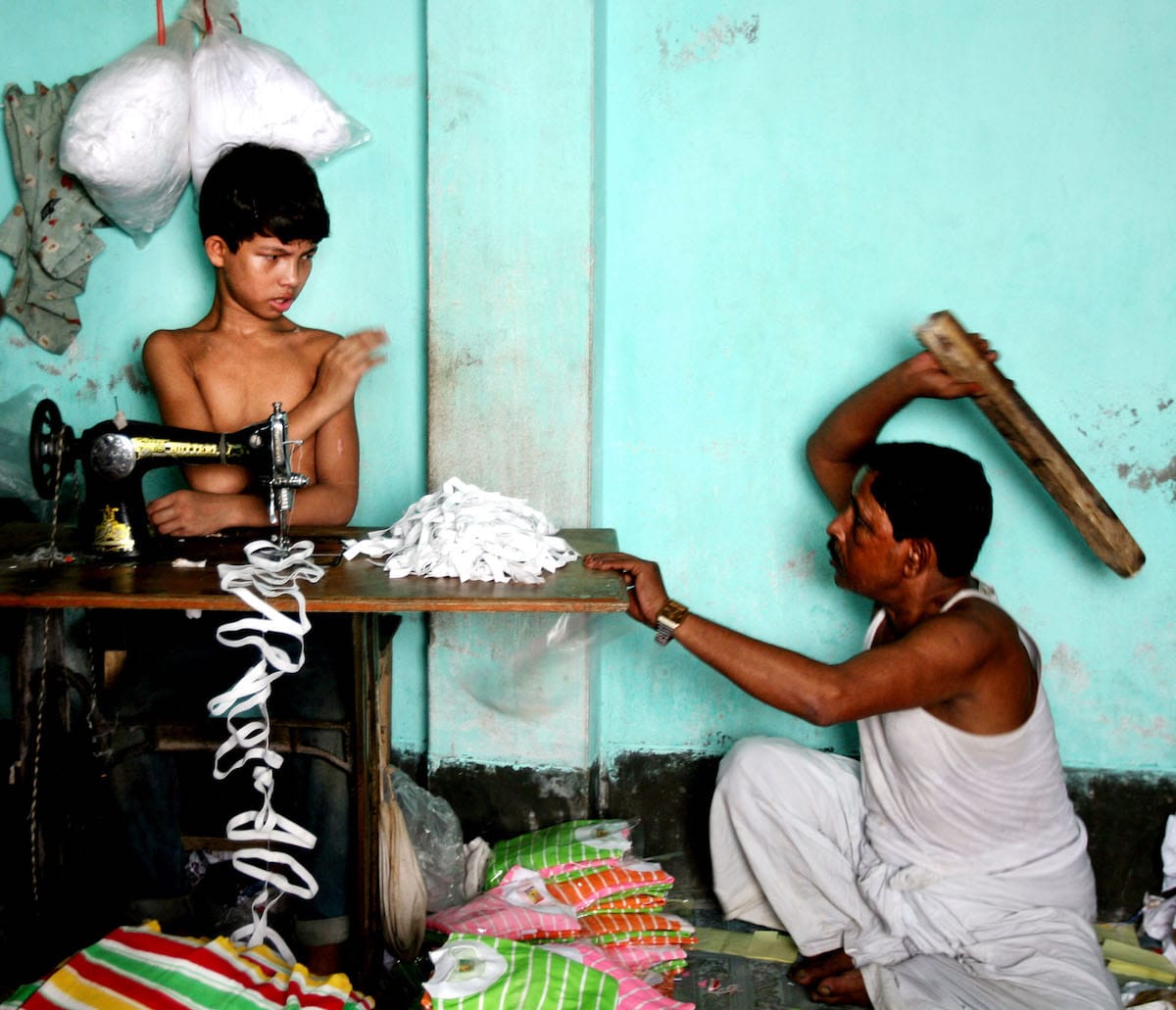 You’re really a pioneer of photography in Bangladesh. What were the biggest challenges you faced in starting your career there?
You’re really a pioneer of photography in Bangladesh. What were the biggest challenges you faced in starting your career there?
It’s been a very difficult journey on my own in Bangladesh even though it’s my home country. It is very hard to work in such a developing country as a freelance photographer. Just surviving is a crucial issue. Most of the time the lack of assignments was the biggest obstacle for further developing creativity and exploring ideas within Bangladesh. This is still the case today. There are many Bangladeshis now who have chosen photography as a career, so there is a great deal of competition for just a few opportunities. Furthermore, many are willing to work for very little money and some newcomers give their photos to magazines for free, so it undermines the value of the activity within the country and its reputation abroad.
In addition to the competitiveness of going into this field in Bangladesh, many international magazines and other organizations send their own photographers to Bangladesh despite the local talent of photographers here. Still today many of them, as well as big news organizations, send their own photographers and journalists.
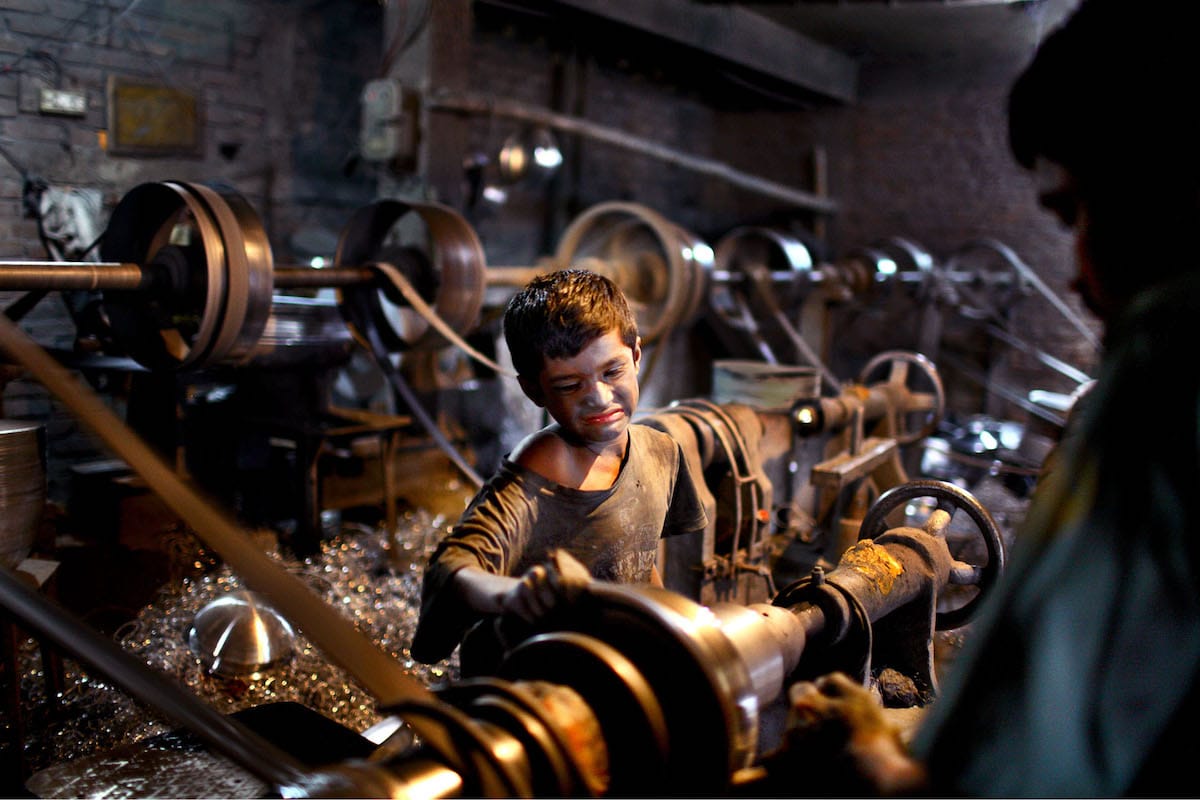 [continued] Nepotism in the industry remains one of the greatest barriers for artists like me all the time. I had to earn my position after years of battling and very hard work. I never had any godfather in this industry and coming from nowhere made me an alien and forced me to give my best without any breaks in the industry. I literally survived against all odds, against all conspiracy. I believed from my heart that if I remained true to my work then my work will remain true to me. Thanks to being in the era of the internet world and social media, now artists do not have to go through channels of brokers to exhibit works. You can get work and appreciation for your creativity from every corner of the world. No one can lock your light.
[continued] Nepotism in the industry remains one of the greatest barriers for artists like me all the time. I had to earn my position after years of battling and very hard work. I never had any godfather in this industry and coming from nowhere made me an alien and forced me to give my best without any breaks in the industry. I literally survived against all odds, against all conspiracy. I believed from my heart that if I remained true to my work then my work will remain true to me. Thanks to being in the era of the internet world and social media, now artists do not have to go through channels of brokers to exhibit works. You can get work and appreciation for your creativity from every corner of the world. No one can lock your light.
Everything has been possible only because of my hard work and love for photography. I have traveled to more than fifty countries but most importantly, I have been down thousands of nameless streets. I raised myself up to another level in the field and made a position despite coming from nowhere. The proof of my dedication and hard work is in receiving hundreds of photography awards, getting publications in all major media, and being able to exhibit my images in some of the world’s best museums and galleries.
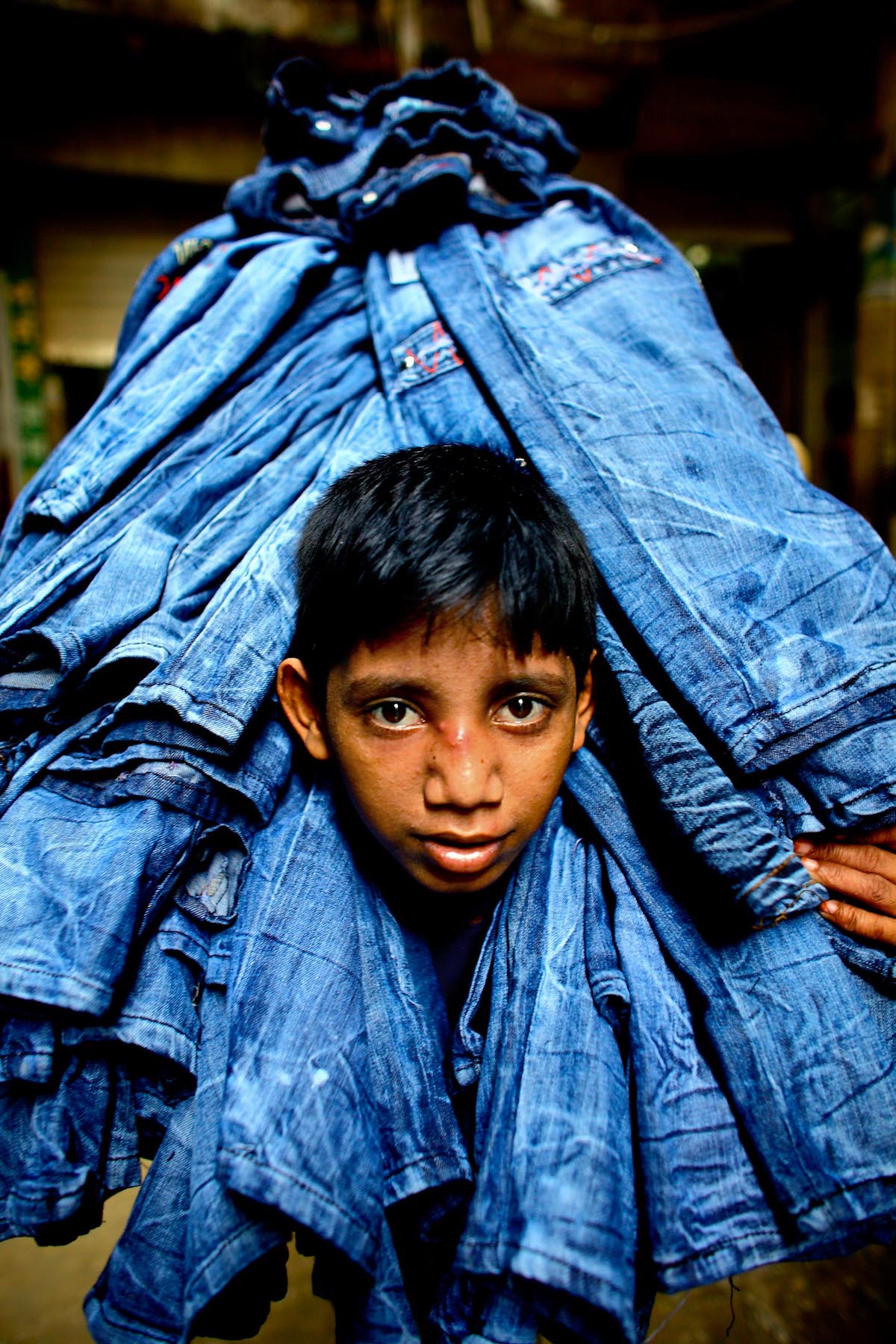 In 2013, you started the First Light Institute of Photography. What’s the mission of the school and what inspired you to start the institute?
In 2013, you started the First Light Institute of Photography. What’s the mission of the school and what inspired you to start the institute?
I founded The First Light Institute of Photography, a non-profit organization, as a platform for education for unprivileged students who could never afford to have any form of education. I started offering affordable photography classes and workshops for hundreds of aspiring photography students. Later, I created a One to One photography workshop which is personalized for adult students coming from all around the world to Dhaka. The earnings from these photography classes and workshops go back into the school to support free education for young impoverished children and older students usually living in rural areas who have no resources to continue their education due to lack of funds or materials.
Three years ago, I set up a branch of First Light to educate unprivileged children under a tree with 30 young students. Then I built a school building and now I am building an extension for the students, as there are currently 160 poor children who get free education up to class 5. There are 10 teachers employed who receive monthly wages and training. The students come from eight different villages that have an entirely uneducated adult population working as day laborers and small craftspeople. These children will be the first generation to ever be educated in this region.
In addition, I personally oversee the education of 500 unprivileged children who are continuing their education through my offered scholarships. Establishing The First Light Institute of Photography has led me to many other photography ideas and humanitarian projects which are still evolving.
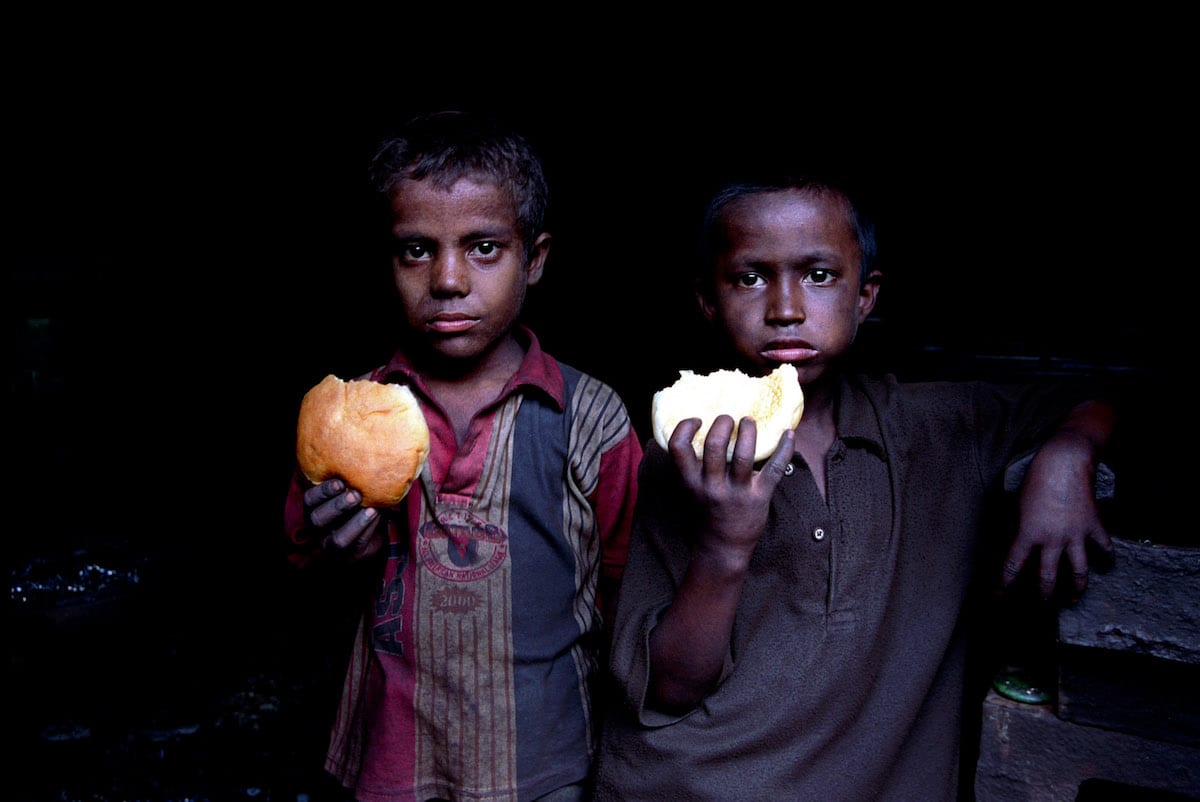 You are a wonderful storyteller, both in pictures and through the short text that you share. How do you go about finding the stories you want to focus on?
You are a wonderful storyteller, both in pictures and through the short text that you share. How do you go about finding the stories you want to focus on?
With every picture you take, you enter into a space that is unknown to you as a photographer. In the beginning, it feels like forbidden territory, a place you are not supposed to enter surrounded by borders of privacy you are not supposed to cross. You, the photographer, are there at a factory, an old age home, or a brothel with your simple black bag hanging from your shoulder, eyeing everything around you as you are eyed by the people there.
The first days following these intrusions I never take pictures because they would not be good. I wouldn’t know the people I met; I wouldn’t understand the place I had just entered so my photography would be stale and meaningless. But there is always that moment when it feels completely natural to open that bag. However, there is no way of telling why it comes. Suddenly, I have a friendly conversation, or the afternoon light makes everybody around me relaxed and mellow, or someone looks at me in a trusting, yet familiar way.
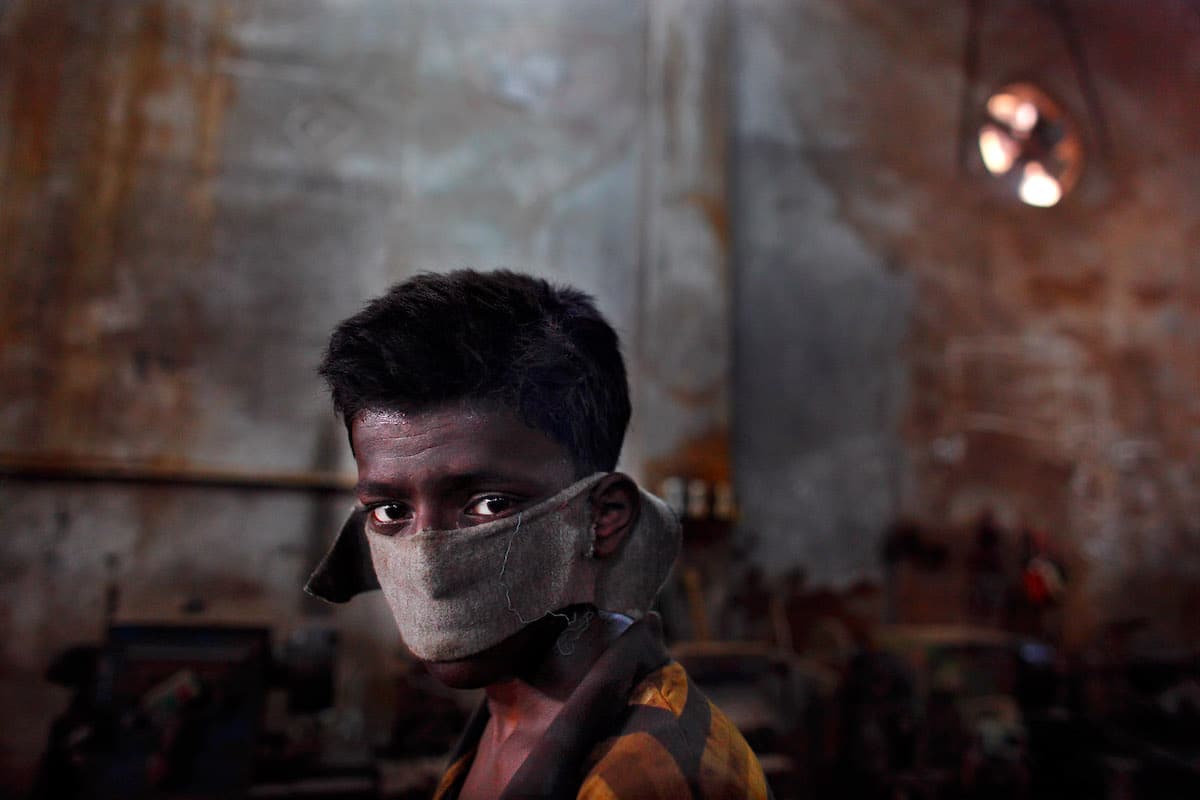 [continued] Then I take out my camera, and for me and everybody around me, it is the most natural thing to do. There is consent. People don’t accuse me or reject me or pose in unnatural ways. They are just there, doing what they normally do. Then I click away, and it feels like a conversation, a conversation between me and the people, between me and the location, between me and the light, between me and the souls that make this place alive. In such moments a landscape becomes a soulscape.
[continued] Then I take out my camera, and for me and everybody around me, it is the most natural thing to do. There is consent. People don’t accuse me or reject me or pose in unnatural ways. They are just there, doing what they normally do. Then I click away, and it feels like a conversation, a conversation between me and the people, between me and the location, between me and the light, between me and the souls that make this place alive. In such moments a landscape becomes a soulscape.
Afterward, life where I am working becomes trivial again, and the next day everybody asks for their photographs. There is no difference if the people are girls from a brothel, children who work in a factory, or farmers from the countryside. But these little exchanges bring us closer to each other, and the ties between us, which started with small talk and conversation and continued with the first pictures I took, will begin to become deeper and more meaningful, and so will the pictures I take.
The closer I get to them and the deeper our friendship becomes, the simpler my photography gets. I am no longer looking for special angles or artistic points of views; I just open myself to these people, take a good look, frame, and wait for the right moment. When I head home, I have all the moments that I missed in my head, and they will become my source of inspiration in the days to come.
Next: Learn more about the photographer’s powerful series about child laborers.
